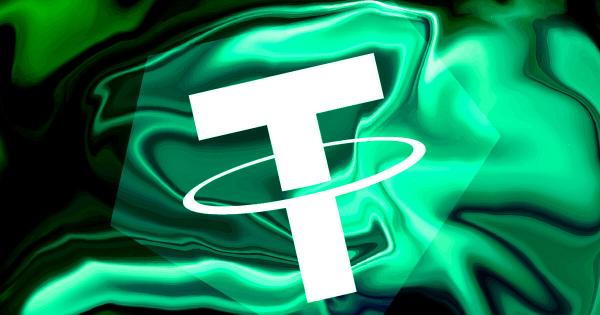Kinetix eyes GMX’s path, aims to revolutionize Kava Chain with perpetual swaps

GMX launched in early September 2021 as a decentralized perpetual exchange offering swaps and leverage trading and it made a big splash in the DeFi community.
If you haven’t heard about GMX, let’s get you up to speed: GMX’s launch on Arbitrum was seen as a major DeFi milestone. Aside from proving Arbitrum as an effective Ethereum L2 scaling solution, GMX stood out for two big reasons:
The first DEX and perpetual market to launch on the Arbitrum ecosystem.
A shared liquidity pool system minimizes price impact on trades of all sizes without affecting the market price.
Within a month of launch, GMX grew its TVL to over $30 million, averaging ~$1.4 million in daily trades. GMX has evolved into a liquidity mining program, an NFT marketplace, and a yield farming platform. Its ongoing growth puts it at TVL of over $450 million and boasts a 24-hour trading volume of $1 million at the time of writing.
GMX’s growth and adoption also accrued value to the GMX token. The GMX token market price on Sept 13th of 2021 was $14.74. One month later, it was $22.33. A year later, it is $46.27, and at the time of writing, it sits at $36.66 — a more than 200% price appreciation since launch.
Looking back, it’s safe to say that GMX’s launch on Arbitrum was a great success. Demand for a decentralized perpetual market on Arbitrum was and still is – high.
But why did a perpetual market and shared liquidity pool system impact Arbitrum’s growth? And what does this have to do with Kinetix and Kava Chain?
Perpetual Propulsion
The evolution of DEXs and derivatives markets (like perpetual swaps) in crypto presents builders with novel tools to push DeFi forward and provide users with incentives for early adoption.
Kinetix Finance, a state-of-the-art v3 perpetual DEX, brings the same potential to Kava Chain that GMX brought to Arbitrum. The flywheel effect works like this: the launch of the first DEX and perpetual market protocol on an ecosystem creates positive market sentiment, which accelerates liquidity growth and user activity on the protocol and, by extension, its ecosystem.
GMX offered Arbitrum users the flexibility of perpetual swaps without an expiry, so it drew a larger pool of seasoned and novice traders into the ecosystem, contributing to more liquidity and activity.
This led to a surge in the TVL, reflecting a heightened capital allocation within the Arbitrum ecosystem. The non-expiring nature of GMX’s perpetual contracts stimulated higher trading volumes among these new users, who could adjust their positions without being bound by contract end dates.
This heightened activity enhanced the overall liquidity of Arbitrum and incentivized more people to onboard and participate in the Arbitrum ecosystem.
So why is Kinetix Finance ripe to experience the very same flywheel effect?
The Kinetix v3 DEX & Perpetual Market
The Kinetix team is building from their past successful experience with Quickswap, the largest DEX on Polygon for over 3 years, which at its peak had ~1.5 billion in TVL and ~1 billion in 24h trading volume.
For their next venture, they’ve decided to build on Kava Chain, a layer-1 blockchain that combines the speed and interoperability of Cosmos with the developer power of


